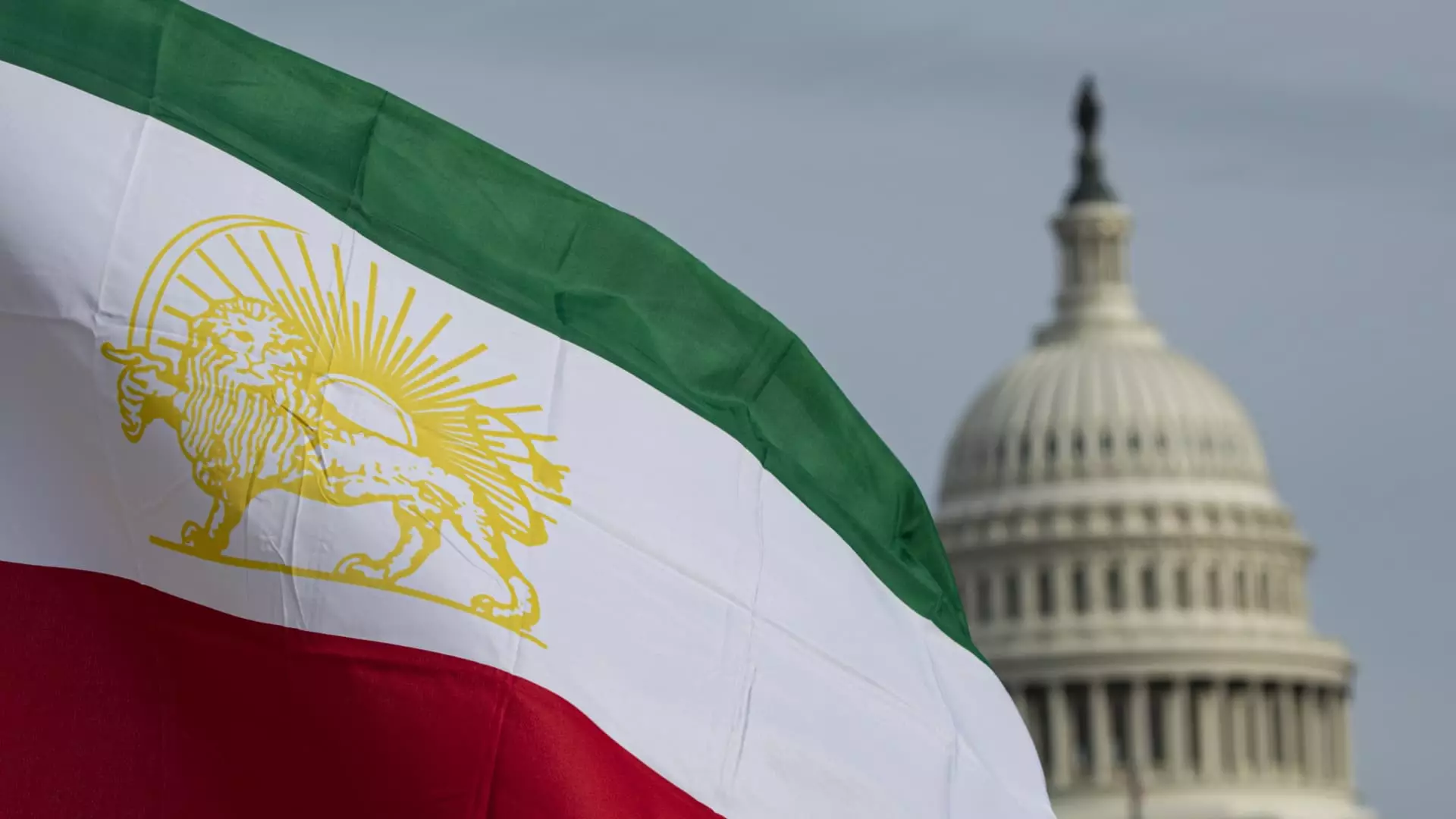In a dramatic turn of events, the ongoing nuclear negotiations between Iran and the United States have reignited hope for a diplomatic resolution to a conflict steeped in decades of tension. However, as discussions are set to continue next week, there remains an undercurrent of skepticism that feels more palpable than the tentative optimism both parties have expressed. Iranian Foreign Minister Abbas Araqchi’s words resonate deeply with thoughts of caution, hinting that despite the negotiations appearing serious and constructive, a blend of entrenched positions, regional boosts, and bilateral agendas could thwart any potential progress.
These talks, taking place under the watchful eye of Omani mediators, evoke a sense of déjà vu shaped by years of failed diplomatic attempts and fractured agreements. The U.S. under President Donald Trump, who has projected unwavering confidence, seems intent on crafting a new nuclear agreement that would ostensibly prevent Iran from developing a nuclear bomb. Yet beneath this façade of decisiveness lies a complicated interplay of promises, threats, and geopolitical considerations that could plunge negotiations into uncertainty at any moment.
The Reality of Caution and Complexity
Those who follow these negotiations closely are acutely aware of the painstaking nature of reaching an accord that satisfies both sides. Araqchi’s characterization of the talks as “difficult, complicated, and serious” paints a stark picture of the negotiations that often lack the straightforwardness that many hope for. As the stakes remain high, with each party harboring thoughts of competition and trust issues, the road to agreement is riddled with challenges.
The backdrop of the discussions reveals a painful dichotomy; while Iran seeks sanctions relief, the U.S. demands compliance and accountability. The Iranian stance, adamant about maintaining its enrichment capabilities, confronts American expectations that remain inflexible at their core. The U.S. demands an end to uranium enrichment altogether, invoking a ‘maximum pressure’ campaign that seems more punitive than conciliatory. Arguably, these dynamics illustrate the fragility of any progress being made.
Military Threats: Diplomatic Sabotage?
With President Trump threatening military action if diplomacy fails, the specter of force looms ominously over proceedings. Such threats undermine the credibility of the negotiation process and sow seeds of mistrust. While some might argue that a show of strength can bolster an advantageous negotiating position, others recognize it as a double-edged sword. A potent reminder emerges that while it is tempting to wield military might when faced with non-compliance, doing so often alienates potential partners and catalyzes greater urgency for conflict.
The explosion at Iran’s Shahid Rajaee port, although reported shortly after the start of the latest round of talks, serves as a stark example of the volatile environment in which these negotiations are conducted. The human toll from such incidents cannot be understated, as they contribute to the narrative of mutual distrust and fear. Furthermore, these events may provide ammunition for hardline voices within Iran that oppose any concessions during talks, complicating any effort at compromise.
Opposing Red Lines: A Bridging Challenge
One of the predominant hang-ups in these discussions remains the stark red lines delineated by both sides. Iran views its missile and nuclear capabilities as essential elements of national security, while the United States maintains they are non-negotiable facets of the overall landscape. As both American and Iranian officials dig their heels into entrenched positions, the potential for compromise feels increasingly elusive. While European powers have suggested a framework encouraging limits on Iran’s missile capabilities, any proposal recognizing Iran’s right to defend itself seems to fall on deaf ears.
The Iranian insistence on maintaining its enrichment program and the stockpile of enriched uranium might indeed be seen as a formidable barrier to progress. Tehran’s unwillingness to capitulate on what it views as a matter of national sovereignty highlights how negotiations carried out in sterile conference rooms can never encapsulate deep-rooted insecurities and regional ambitions swirling around these moments. When a stalemate arises, the potential fallout becomes increasingly predictable: the gradual deterioration of diplomatic relations, renewed sanctions, and, for some, a return to heightened hostilities.
In reflecting upon the current state of U.S.-Iran relations, it becomes evident that the path toward a definitive nuclear agreement is fraught with peril. The historical grievances between these nations, coupled with regional dynamics and internal pressures, make for a complex landscape where even faint hope seems cautious. As discussions unfold next week, one must question whether any real progress can be made, or if the specter of past failures will loom larger than the promise of collaboration.

